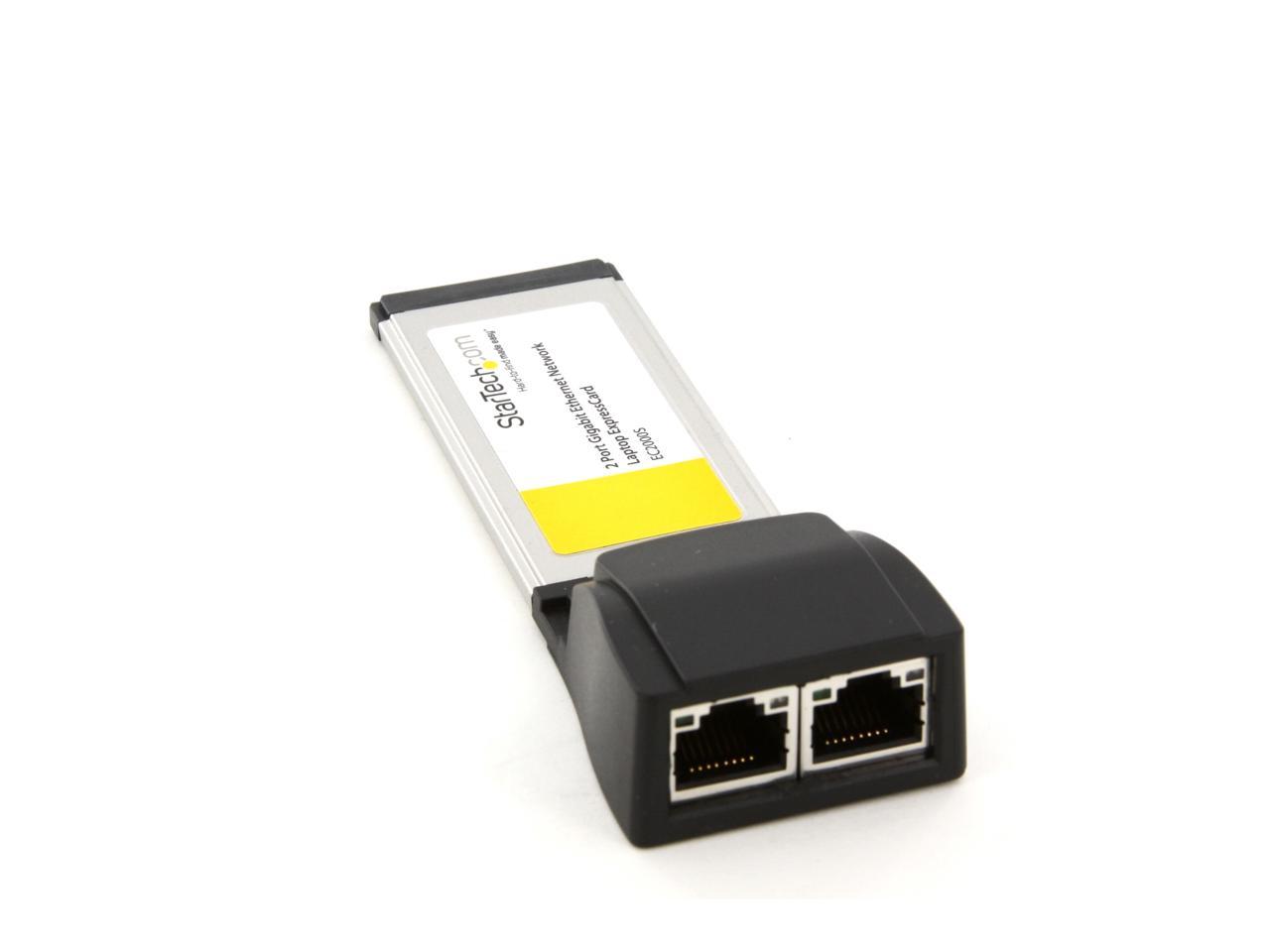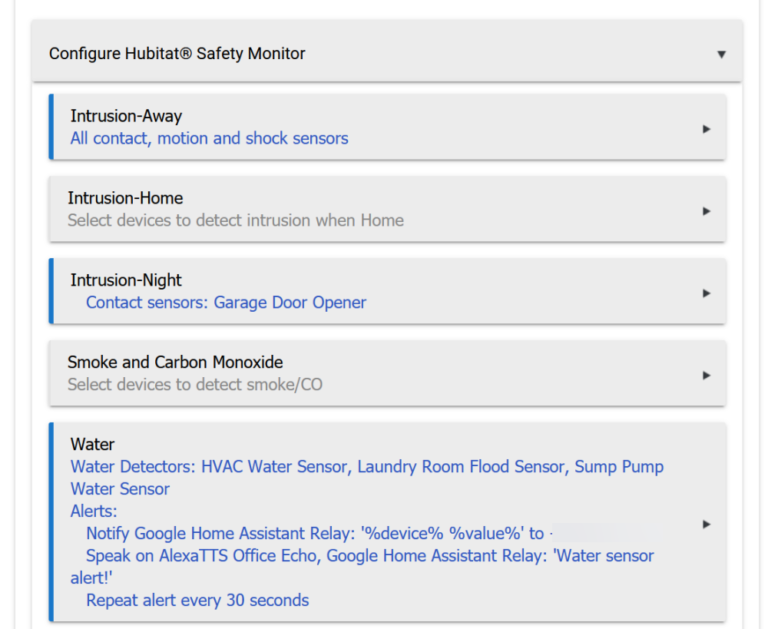
Tasker plugins AutoTools and AutoRemote will let you do this with a press of the button, or link a more specific trigger. You can also use Tasker to issue the command to Raspberry PI as WOL. From the mobile, you could use a JuiceSSH app that lets you do the same thing but from the mobile. Here you have few choices, obviously, you can log into the terminal, and issue the command manually or run the script (which also needs a command). Each time we will try to communicate with your IP or DNS through the port 22, the router will send us to the Raspberry PI. You want to forward the port 22 to an IP that has been assigned to the WIFI interface. Log in to the router admin page (usually 196.168.1.0 or similar) and find the port forwarding settings. I will assume that you have not changed the SSH port number (22 by default). To get the information from the internet to your Raspberry, you have to tell the router which device you are trying to address.
REMOTE WAKE UP ON VLANS PC
Fear not, I already have a handy guide in here. Once you have the static IP with your router and the PC time to get the Raspberry PI visible outside of the network (skip this if you interested in WOL functionality over the local network only). First, we have to make sure the Raspberry PI has a static IP. You can execute this line in the terminal, or use a simple bash script to open instead, that will do this for you #!/bin/bashĪnd save it as wol.sh then run it with sudo permissions: sudo bash /path/to/file/wol.sh Sending WOL command to the Raspberry PI as WOL The WOL packet will be sent as a broadcast to all devices on the network.
REMOTE WAKE UP ON VLANS MAC
The AA:BB:CC:DD:EE:FF is the MAC address of the device you want to wake up.
REMOTE WAKE UP ON VLANS PASSWORD
Send the wake-up packet to the broadcast address.Īppend a four or six byte password to the packet. Uses a complex algorithm to aggregate NICs and configure speed and duplex settings.Ether-wake needs a single dash ('-') in front of options. Transmits network packets using the Hash algorithm, which selects the same NIC slave for each destination MAC address.

Transmits network packets sequentially to each network interface card in order to distribute the internet traffic among all the NICs. Similar to Balance-tlb, but offers additional load balancing for incoming IPv4 traffic. Outgoing traffic is distributed based on the current load for each interface relative to the interface's maximum speed. If the interface fails, a slave interface takes over the MAC address of the failed interface. Incoming traffic is received by the current interface. Transmits the same network packets to all the network interface cards. If this primary interface becomes unavailable, the secondary interface will become active.

With Linux and ZFS, QuTS hero supports advanced data reduction technologies for further driving down costs and increasing reliablility of SSD (all-flash) storage. QuTS hero is the operating system for high-end and enterprise QNAP NAS models.

WIth Linux and ext4, QTS enables reliable storage for everyone with versatile value-added features and apps, such as snapshots, Plex media servers, and easy access of your personal cloud. QTS is the operating system for entry- and mid-level QNAP NAS.


 0 kommentar(er)
0 kommentar(er)
